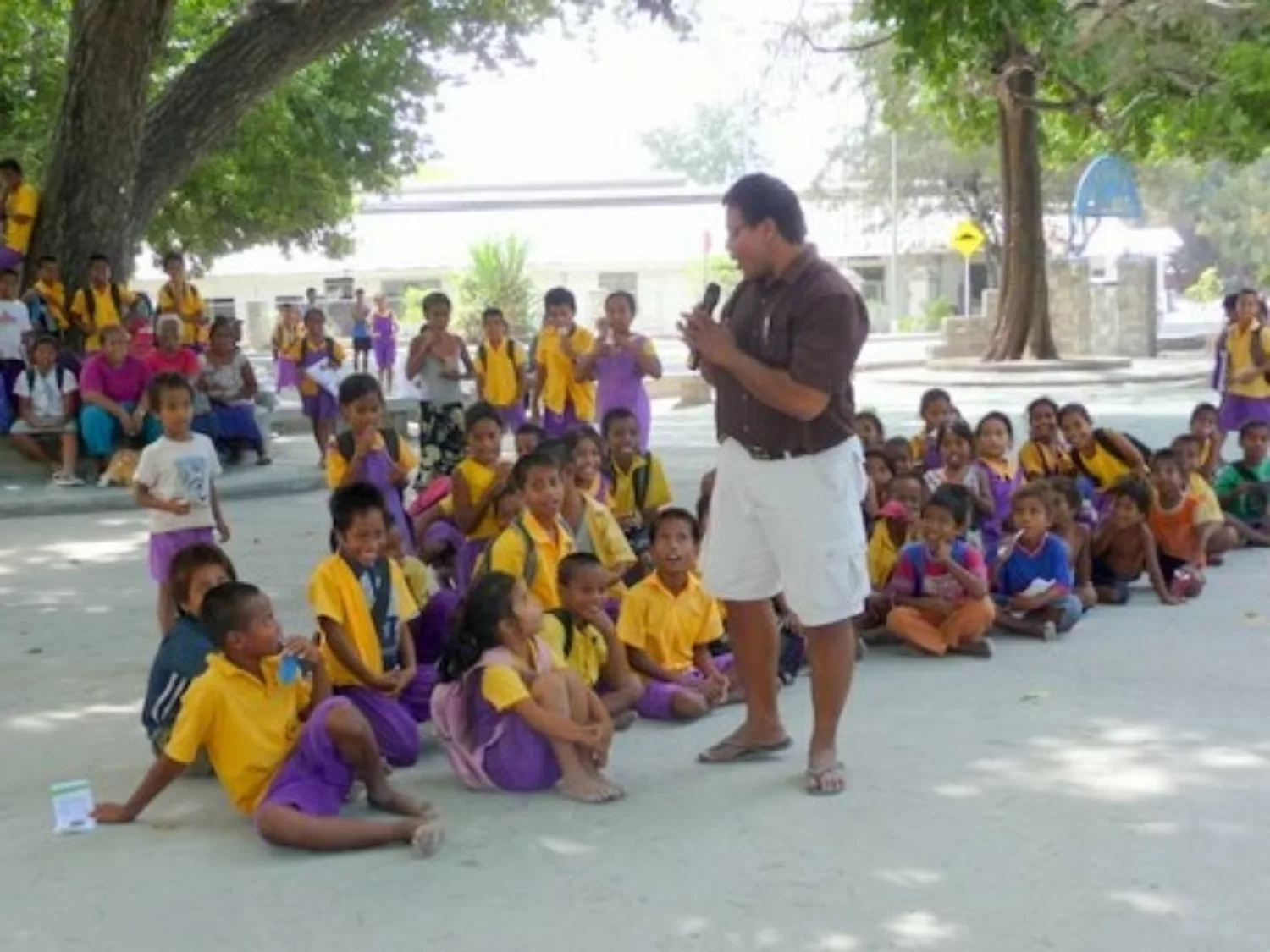Medical
Medical
Leprosy Control
Our mission is “the eradication of leprosy and the continued care of patients and their families with disability, or social and economic disadvantage due to leprosy in New Zealand and the Pacific.”
This means that leprosy control is at the forefront of all our work, it is the major factor in our planning. To control the spread of leprosy, and therefore eradicate it, needs a well structured plan and hard work with meticulous attention to detail to carry it through – and it is not a job which can be carried out alone. This work needs team co-operation and integration with other health services in order for the work to be carried out most efficiently.
We run awareness raising programmes in many countries to educate individuals, families and communities about the facts, signs and symptoms of the disease. Many of these programmes are based around World Leprosy Day – the last Sunday in January each year.

We also train our field supervisors, local health workers, doctors, and nurses about leprosy so they can identify cases and arrange for treatment as quickly as possible.
Most new cases of leprosy are as result of close contact with a friend or family member who was suffering from leprosy. For that reason it is vital that contacts of all new cases are examined immediately for signs of leprosy – and that they continue to be examined regularly for at least five years to be sure that they are free from the disease. This is painstaking, time-consuming work but is a vital step in the control of leprosy.
Medical Treatment
There has been a good, effective cure for leprosy since the 1980s when it was discovered that Multiple Drug Therapy (MDT), taken for between 6 and 12 months would ensure a permanent cure of the disease. It consists of three drugs (Rifampicin, Clofazamine and Dapsone). It is essential that the whole course of treatment is taken – no small task when the duration of treatment is so long. In ideal circumstances, the first dose of treatment every month is supervised by a health worker, the patient then taking the rest of the month’s tablets home with them.
The length of treatment depends on the severity of the leprosy. If there are up to five lesions (patches) of leprosy, this is called pauci-bacillary leprosy (few bacteria) and the treatment is for six months. Any more than five lesions is multi-bacillary leprosy (many bacteria) and the treatment is for 12 months.
There are some side-effects to the treatment, and occasionally a patient will suffer what is called a leprosy reaction. This is an allergic reaction to the dead leprosy bacteria. It can be extremely painful and disabling and must be treated with steroids, or in rare cases with thalidomide.

Disabilities
Disabilities as a result of leprosy are not uncommon, and are caused by nerve damage. These disabilities include serious ulcers on feet and hands. These ulcers occur as a result of hands and feet being numb and therefore pressure sores can develop which then become ulcers. The numbness means that often the patient is totally unaware of their injury. Left untreated, ulcers can develop to a point where they threaten the whole limb and even the entire health of the patient. In these cases, amputation is often the only solution. Proper care and management of ulcers can allow them to heal and save more drastic measures from being taken.
Often, leprosy patients lose their fingers and toes. It is a myth that leprosy makes parts of you “drop off” – but the truth is even stranger. The small bones inside fingers and toes gradually disintegrate and are re-absorbed causing those digits to shrink, sometimes right down to the knuckles. Often fingers and toes are also lost as a result of injury.


